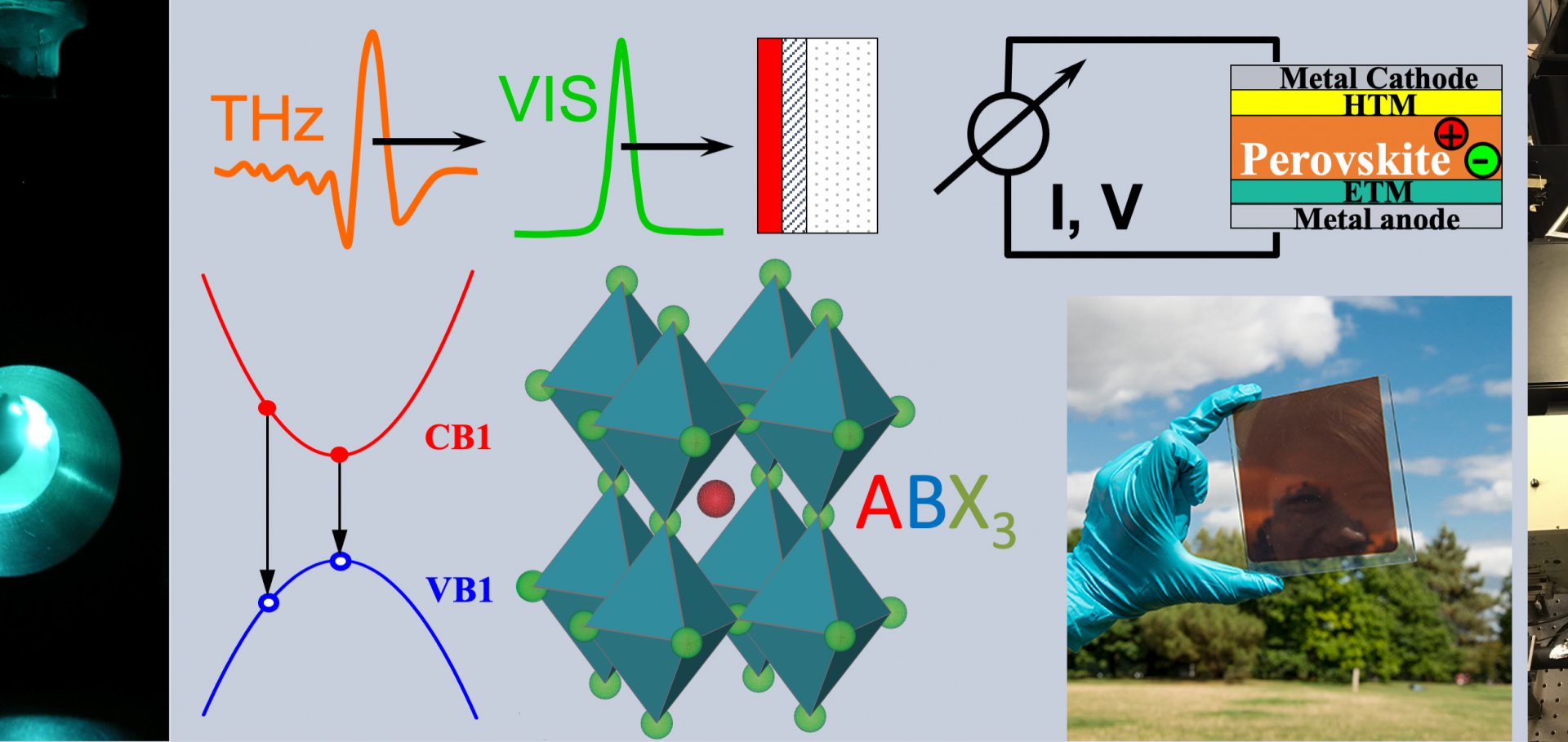The Role of Photon Reabsorption in Masking Intrinsic Bimolecular Charge-Carrier Recombination in CH3NH3PbI3Perovskite.
Fundacio Scito (2018)
Interplay of structural and optoelectronic properties in formamidinium mixed tin-lead triiodide perovskites
Advanced Functional Materials Wiley 28:33 (2018)
Abstract:
Mixed lead-tin triiodide perovskites are promising absorber materials for low band-gap bottom cells in all-perovskite tandem photovoltaic devices. Key structural and electronic properties of the FAPb1-xSnxI3 perovskite are presented here as a function of lead:tin content across the alloy series. Temperature-dependent photoluminescence and optical absorption measurements are used to identify changes in the band-gap and phase transition temperature. The large band-gap bowing parameter, a crucial element for the attainment of low band-gaps in this system, is shown to depend on the structural phase, reaching a value of 0.84 eV in the low-temperature phase and 0.73 eV at room temperature. The parabolic nature of the bowing at all temperatures is compatible with a mechanism arising from bond bending to accommodate the random placement of unevenly sized lead and tin ions. Charge-carrier recombination dynamics are shown to fall into two regimes. Tin-rich compositions exhibit fast, mono-exponential recombination that is almost temperature independent, in accordance with high levels of electrical doping. Lead-rich compositions show slower, stretched-exponential charge-carrier recombination that is strongly temperature-dependent, in accordance with a multi-phonon assisted process. These results highlight the importance of structure and composition for control of band-gap bowing and charge-carrier recombination mechanisms in low band-gap absorbers for all-perovskite tandem solar cells.High electron mobility and insights into temperature-dependent scattering mechanisms in InAsSb nanowires
Nano Letters American Chemical Society 18:6 (2018) 3703-3710
Abstract:
InAsSb nanowires are promising elements for thermoelectric devices, infrared photodetectors, high-speed transistors, as well as thermophotovoltaic cells. By changing the Sb alloy fraction the mid-infrared bandgap energy and thermal conductivity may be tuned for specific device applications. Using both terahertz and Raman noncontact probes, we show that Sb alloying increases the electron mobility in the nanowires by over a factor of 3 from InAs to InAs0.65Sb0.35. We also extract the temperature-dependent electron mobility via both terahertz and Raman spectroscopy, and we report the highest electron mobilities for InAs0.65Sb0.35 nanowires to date, exceeding 16,000 cm2 V–1 s–1 at 10 K.Highly crystalline methylammonium lead tribromide perovskite films for efficient photovoltaic devices
ACS Energy Letters American Chemical Society 3:6 (2018) 1233−1240
Abstract:
The rise of metal-halide perovskite solar cells has captivated the research community, promising to disrupt the current energy landscape. While a sizable percentage of the research done on this class of materials has been focused on the neat and iodide-rich perovskites, bromide-based perovskites can deliver substantially higher voltages because of their relatively wide band gaps of over 2 eV. The potential for efficient, high-voltage devices makes materials such as these incredibly attractive for multijunction photovoltaic applications. Here, we use the acetonitrile/methylamine solvent system to deposit smooth, highly crystalline films of CH3NH3PbBr3. By using choline chloride as a passivating agent for these films, we achieve photoluminescence quantum efficiencies of up to 5.5% and demonstrate charge-carrier mobilities of 17.8 cm2/(V s). Incorporating these films into photovoltaic devices, we achieve scanned power conversion efficiencies of up to 8.9%, with stabilized efficiencies of 7.6%, providing a simple route to realizing efficient, high-voltage CH3NH3PbBr3 planar-heterojunction devices.Template-directed synthesis of a conjugated zinc porphyrin nanoball
Journal of the American Chemical Society American Chemical Society 140:16 (2018) 5352-5355


